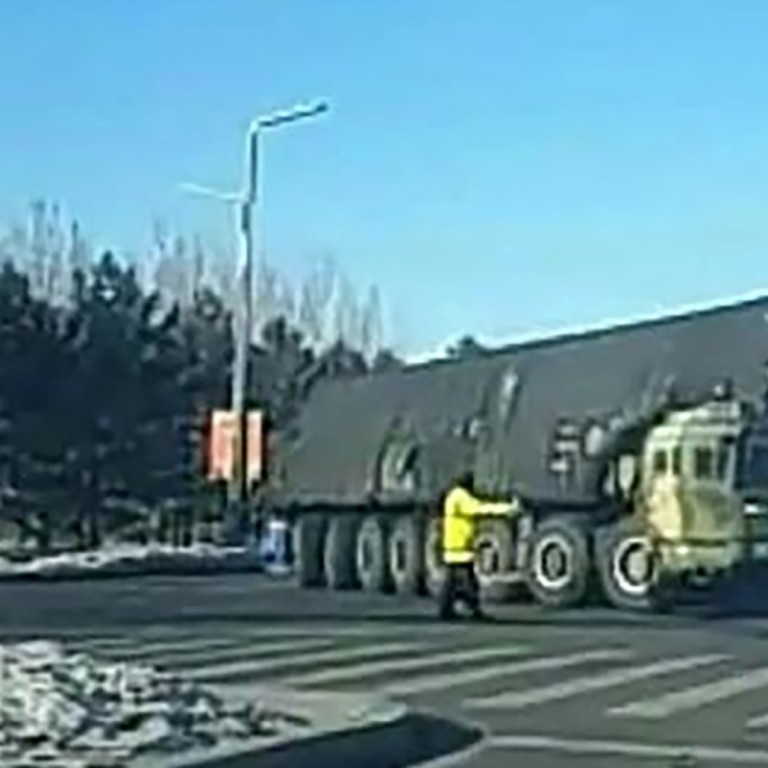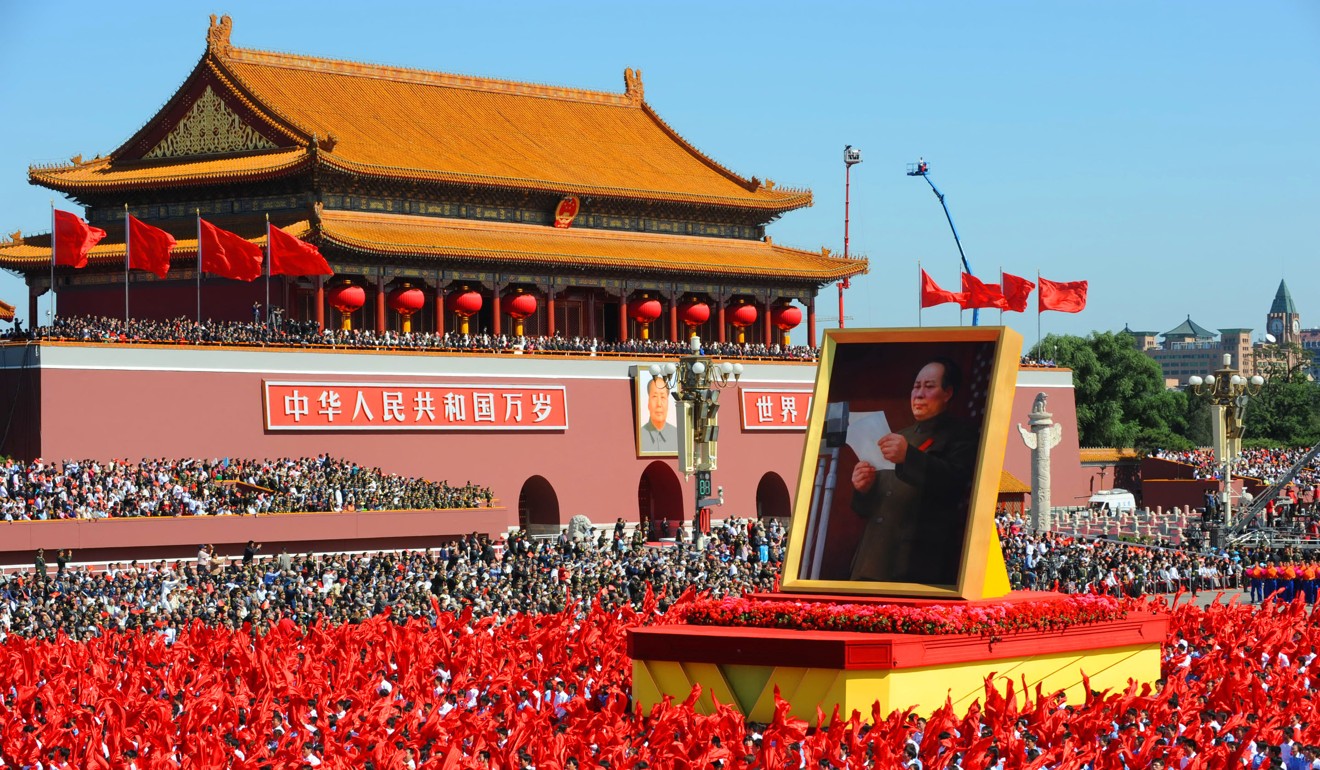
China to show off advanced nuclear weapons in National Day parade and ‘send message to US about capabilities’
- Military sources say the October 1 event in Beijing is intended to highlight its enhanced deterrent capabilities and show off advances of recent years
- One analyst said the show of strength would be a ‘warning message’ to Washington in light of continuing tensions
China is planning to make its strategic nuclear missiles and advanced fighter jets the centrepiece of its National Day military parade in what military sources and analysts said was an attempt to show off its achievements in overhauling its armed forces over the past few years.
Military analysts said the show of nuclear strength was intended to demonstrate China’s enhanced deterrence and second strike capability, especially to the United States.
“The parade is to celebrate the 70th anniversary of the founding of the People’s Republic of China on October 1,” one military insider said.
“So it should let the whole world see China’s achievement of military modernisation under the leadership of President Xi Jinping since he came to power [in 2012].”

The military insider, who spoke on condition of anonymity, said that weapon systems such as DF-41 intercontinental ballistic missiles and J-2 submarine-launched ballistic missiles have already been moved to Beijing. A squadron of J-20 jets, the country’s first stealth fighter, is also preparing for the event.
The DF-41 is capable of carrying multiple nuclear warheads and its range of at least 12,000km (7,460 miles) means it can hit any target on the US mainland.
The JL-2, which has a shorter range of 7,000km (4,350 miles), is also able to hit parts of the American continent when launched from the sea.
Neither weapon was featured in the country’s biggest-ever military parade, which was held in 2017 at the Zhurihe base in Inner Mongolia to celebrate the 90th anniversary of the People’s Liberation Army – though other advanced weapons were displayed.

Photographs published online suggest that reinforcement work is already underway at subway stations under Changan Avenue and Tiananmen Square in the heart of Beijing.
This work along the likely route of the parade suggests that it will feature launch vehicles capable of carrying DF-41s and other heavy weapons systems.
Hong Kong-based military analyst Song Zhongping said it was likely that Beijing would want to use the parade to send a “warning message” to the US in light of the continuing tensions between the two countries.
“China has invested a lot of resources into military science and technology development in a bid to enhance its nuclear deterrence capability over the past years, which Beijing believes represents a strategic measure in countering the global military hegemony [of the US],” Song, who is now a military commentator for Phoenix Television in Hong Kong, said.
He noted that the US has started making new low-yield warheads for its Trident missiles which “lowered the threshold on the use of tactical nuclear weapons”.
“It may even use nuclear weapons in future battles and that [has given legitimacy] for other countries to develop countermeasures,” Song added.
Adam Ni, a researcher at Macquarie University in Sydney, said that the coming parade would provide a good opportunity for China to show off the breadth of its strategic nuclear deterrent.
“The deployment of DF-41 is a big step for China’s nuclear deterrence because it is a more powerful ICBM with greater range and [can carry] more warheads and boasts advanced technology,” he said.
He said the weapon was highly mobile, harder to detect than silo-based systems and better able to survive a first strike.
He described it as the “ultimate symbol of the destructive potential of China’s armed forces”, on a par with those of the US and Russia.
Another military source said that other nuclear weapons like the DF-26 anti-ship missile, and hypersonic missiles such as the DF-17 and DF-20 which are capable of breaching missile shields, would also be put on display.
Chinese military specialists said that the DF-17 was one of several hypersonic glider systems developed by the PLA.
But the source said: “In order to avoid unnecessary misjudgments by the US, cutting-edge assault-type nuclear weapons like the DF-27 long-range ballistic missile, which has a longer range and greater precision, will not be displayed this time.”

